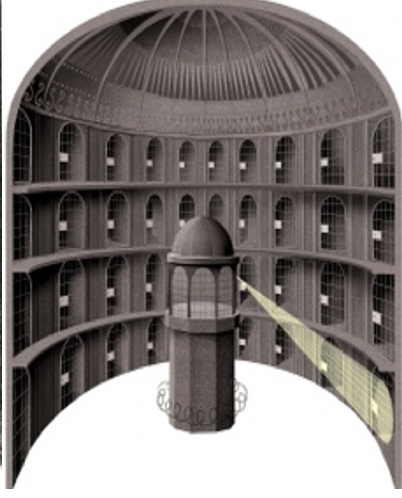
This course is designed for students with limited prior knowledge of German and will provide them with ample training across all modes of communication to develop their language competence in speaking, reading, and writing. This course will cover an overview of German grammar and vocabulary that will allow students to talk about themselves and a variety of familiar and everyday topics, hold basic conversations, and describe events in the past. Furthermore, students will thematically explore aspects of contemporary life in German-speaking cultures such as study at German universities, professional life in Germany, German history, and myths, and legends. Additionally, students will build and develop strategies for consuming and gathering information from authentic German-language media such as newspapers, short literary texts, film clips, and other audiovisual materials. Through a diverse selection of thematic texts and activities, this course also aims to build each student's intercultural competence by helping them identify products and practices to understand different cultural perspectives.
- Instructor of record: Margaret Strair
- Other editing teacher: Yier Jin
- Other editing teacher: Nuha Mohammed
- Other editing teacher: Camryn Teranes
- Instructor of record: Margaret Reif
- Instructor of record: Margaret Reif

This course investigates different cultures of hyper-visibility and shifting notions of the power of the gaze and spectatorship as tied to techniques of social observation and control. Starting in the eighteenth century, physiognomy emerges not only as a technique of reading faces, but as a popular pastime whose sinister afterlife becomes a foundation for Nazi racial science. Haunting tales from Romantic and Gothic authors invoke a supernatural surveillance that give rise to compelling genres and allow readers to visualize a modern, uncertain depth of subjectivity and nature of reality. Towards the beginning of the twentieth century, the flaneur's ambulatory gaze mobilizes a new experience of city life as other visual technologies like photography and film become more ubiquitous. Around the same time, the hyper-visibility of hysterical women inspires innovative forms of narration that intertwine exhibitionism, voyeurism, and a gendered critique of the gaze. And finally, the mass surveillance by the state - both real and imagined - prompt us to look more carefully at the powers afforded to visibility and invisibility, and the literary and filmic depictions of those powers.
Cross Cultural Analysis, Critical Interpretation
Writing attentive
Cross Cultural Analysis, Critical Interpretation
Writing attentive
- Instructor of record: Margaret Strair
- Instructor of record: Qinna Shen
